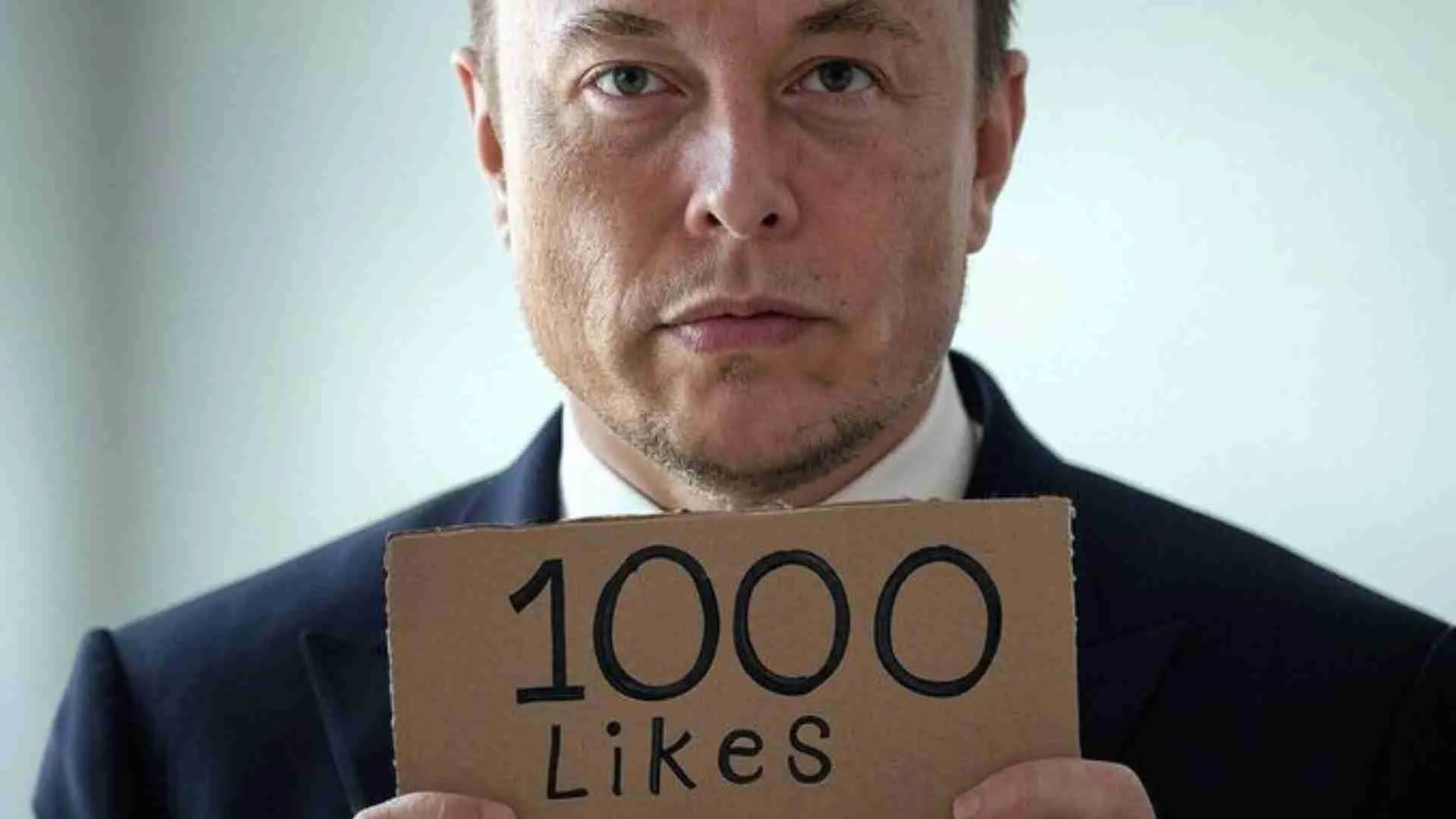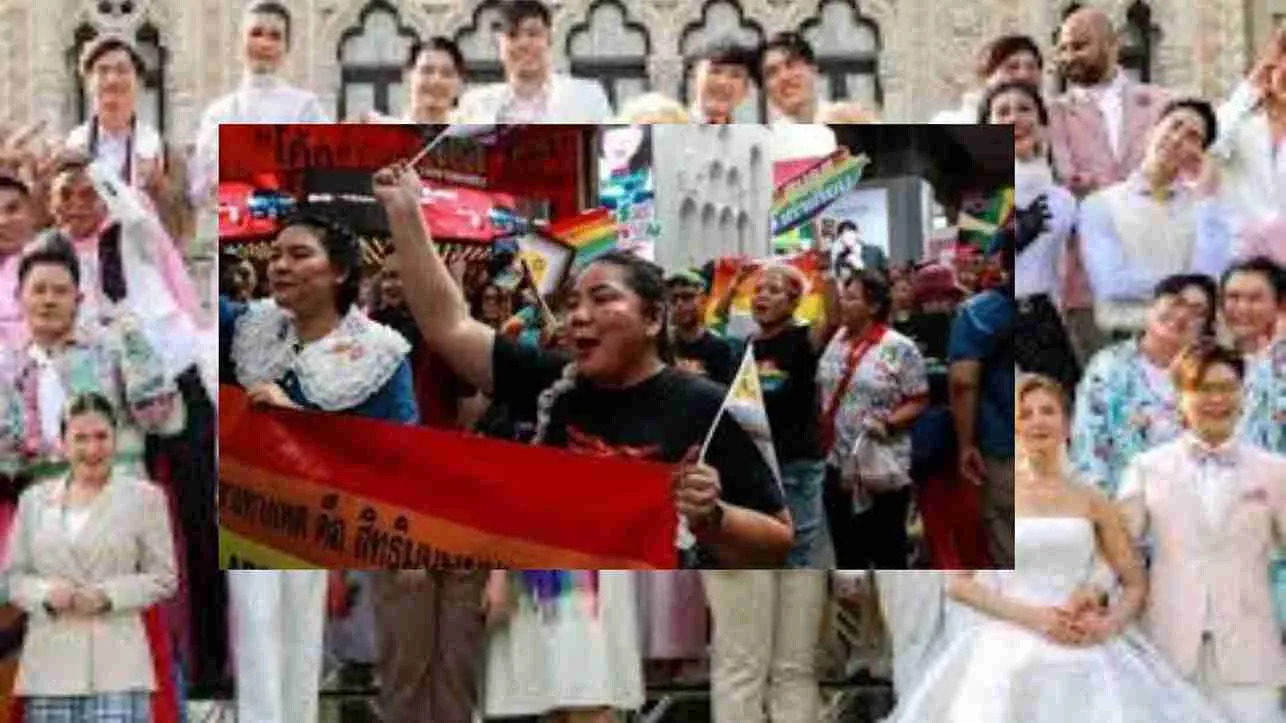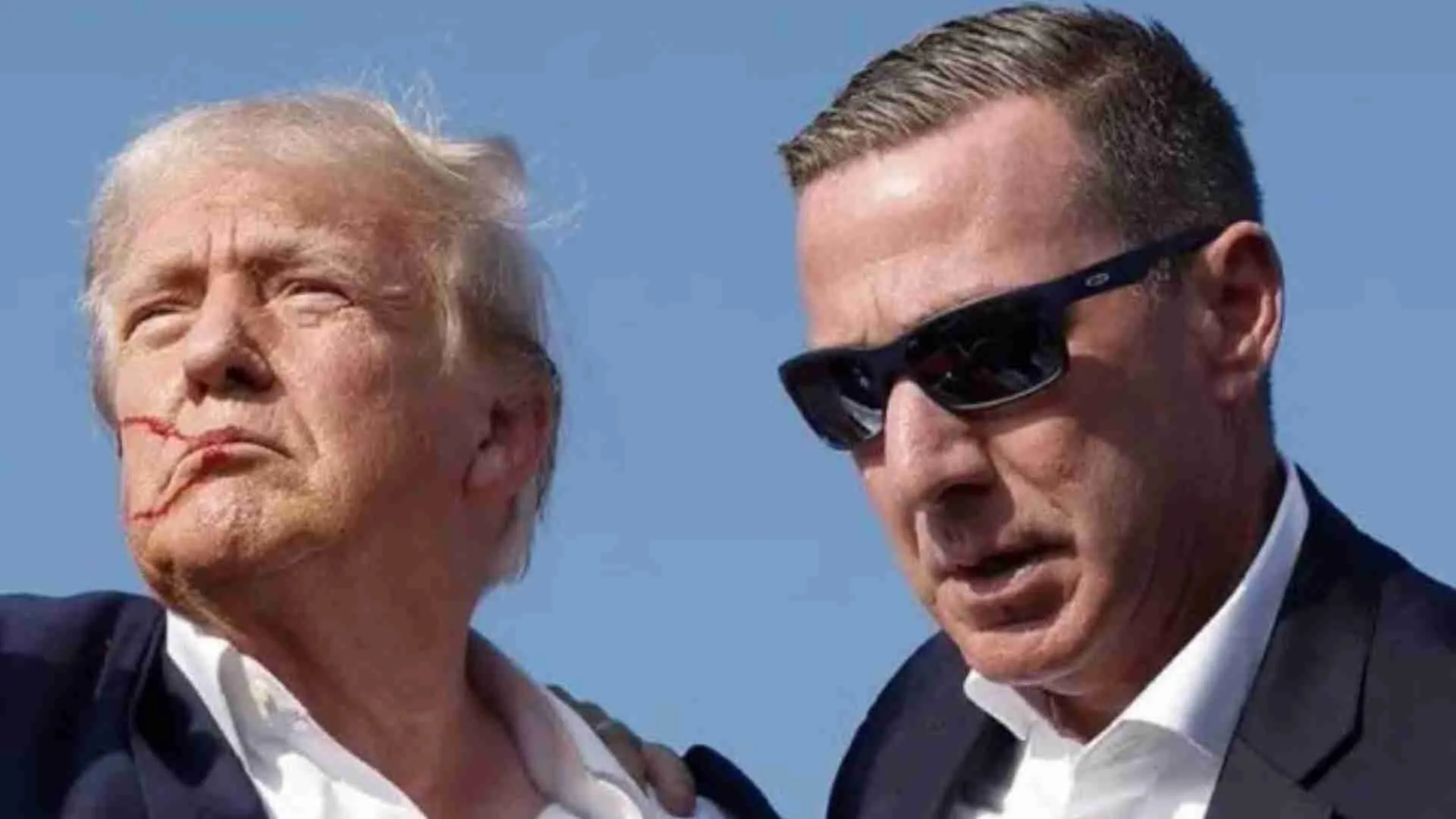The year has come to an end. For most human beings living on Planet Earth, it was an annus horribilis—by far, the most ‘horrible’ year since the beginning of this century—and this, courtesy China.
Of course, Beijing denied that the dreaded coronavirus, which has affected 80 million people and is responsible for 1.8 million deaths, originated in China. In an interview with the BBC, Prof Shi Zhengli (the ‘bat woman’), who has been associated with the P4 ‘French’ lab in Wuhan, recently denounced “unsubstantiated claims that the coronavirus leaked from her laboratory”.

Even the conservative National Center for Scientific Research (CNRS) of France admitted that an accidental leak from a laboratory was a possibility. When asked if the virus could have escaped from a laboratory, a professor said, “The hypothesis cannot be ruled out, given that SARS-CoV, which emerged in 2003, has escaped from laboratory experiments at least four times.”
At the very time the virus started spreading all over the world, China decided to ‘teach’ India a lesson in Ladakh. Gen Zhao Zongqi, the Commander of the Western Theater Command (WTC) facing Ladakh, convinced Xi Jinping, Chairman of the Central Military Commission (CMC), that China could advance in a few areas in Ladakh at little cost for Beijing. Zhao had already masterminded the Doklam incident in 2017. It soon turned to be a ‘misadventure’ for Beijing; the Chinese generals had not planned for Delhi’s strong reaction.
Interestingly, Zhao was recently replaced by a rather unknown officer with no experience of the Indian border. This shows that the leadership in China, if it has to choose, will go for loyalty to the Emperor (and the Party) against professionalism or at least ground knowledge.
On Christmas Day, the Chinese Communist Party’s Political Bureau held a two-day meeting about ‘democracy’. According to reports from Beijing, the theme was “to study Xi Jinping’s Thought on Socialism with Chinese Characteristics in the New Era [a formula dear to the President], strengthen political construction, improve political capabilities, adhere to the feelings of the people, and achieve the goal of building a well-off society in an all-round way.”
A day before, Indian Army Chief Gen M.M. Naravane visited several frontline posts in eastern Ladakh. He was concerned about the welfare of the Indian troops stuck during the harsh winter in an inhospitable environment. The general spent time at Rechin La, the vital mountain top captured by the Tibetan and Indian Special Forces at the end of August. Located south of the Pangong Tso, the ridge, which is a part of the Kailash range, provides a bird’s eye view of the Chinese garrison at Moldo, where Indian and Chinese troops are posted eye-to-eye.
Something struck me: Why did no members of the all-powerful CMC, or even Gen Zhao Zongqi, the WTC commander, visit the Chinese jawans in Ladakh to convey the good wishes of Chairman Xi Jinping? It would have been a great morale booster for the PLA troops. One can ask, does China really care for the masses (and its soldiers) or are ‘important’ speeches of the Chinese President just mere Marxist rhetoric?
After checking through my records, I realised that Gen Xu Qiliang, one of the two CMC vice chairmen (and a member of the Politburo), last toured the Xinjiang and Tibet garrisons in July 2014. According to China Tibet Online, “Xu Qiliang recently inspected the troops of the People’s Liberation Army (PLA) and the People’s Armed Police Force (PAPF) garrisoning Xinjiang and Tibet.”
Xu Qiliang also met the sentries of the frontier defence force ‘performing duties at the altitude of 5,380 metres’ at Shenxianwan (north of the Karakoram Pass). Gen Xu Qiliang also went to the barracks at the Khurnak Fort post (opposite the Indian troops in Ladakh, north of the Pangong tso) to meet China’s border troops.
Then, in September 2015, Gen Zhang Yang, then a CMC member, visited Ngari Prefecture, bordering Ladakh. Zhang, who was in Tibet to ‘celebrate’ the 50th anniversary of the creation of the Tibetan Autonomous Region (TAR), paid a two-day tour of Ngari. He went to convey the ‘loving care’ and the ‘deep feeling’ of the CPC Central Committee, the State Council, and the Military Commission to the ‘cadres and masses of all nationalities’ (note that ‘of all nationalities’ just means ‘Tibetans’). After that, no known visit of high officials has taken place on the Ladakh front.
From the Indian side, Prime Minister Narendra Modi, Defence Minister Rajnath Singh and Chief of Defence Staff Gen Bipin Rawat went to Ladakh after the beginning of the present confrontation. They met with the troops and conveyed the strong support of the entire nation. It is particularly strange that no Chinese big-shot visited the Ladakh front, since it is Beijing which unnecessarily started the conflict with India in Galwan, Pangong, Konka-la and Depsang.
But, despite being a bad year, positive things took place in 2020. For one, India has so far managed to resist the hegemonic advances of the Chinese Dragon.
As put by Lt Gen H.S. Panag, “India has forced a stalemate in Ladakh. That’s a defeat for China.” The former Army commander added, “China will seek to clinch a disengagement agreement to achieve its political aim. India shouldn’t be in a hurry to agree to disengage or de-escalate.” That has been a great achievement, partly due to the political decision to let the Indian Army (the 14 Corps based in Leh), handle the negotiations.
Retrospectively, over the last decades, the Indian diplomacy has not been very successful in negotiating frontier issues, which requires a considerable knowledge of the ground reality and the strategic value of each peak, ridge or nalla.
The induction of the Joint Secretary (East Asia) in the talks was, however, a good initiative, as modern diplomacy should be holistic. Although, one can regret, of course, that the Tibet and Xinjiang cards have not been used by the government. Was it out of pure shyness, fear of the reaction of the Wolf Warriors in Beijing or just because Delhi wants to keep some ‘cards’ up its sleeve? The year 2021 will tell us that.
If I was to foretell something for 2021, I would say that it is going to be an annus horribilis for Xi Jinping. Without speaking of ‘karmic’ factors, the CMC Chairman has simply taken too much on his plate, made too many enemies and lost touch with the masses, including the PLA jawans trying to help him enlarge his empire in Ladakh.
The writer is a French-born author, historian, Tibetologist and China expert. The views expressed are personal.























